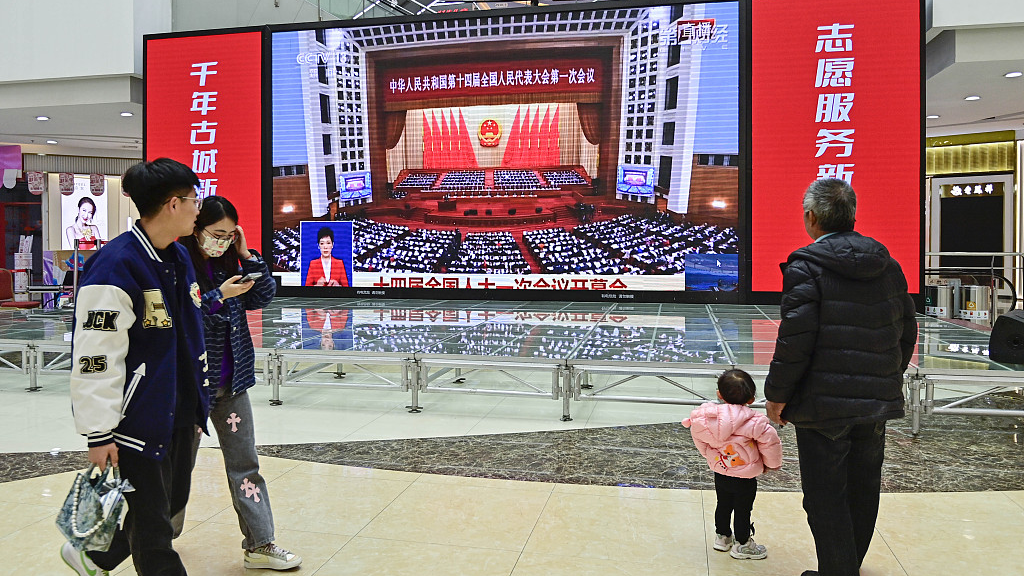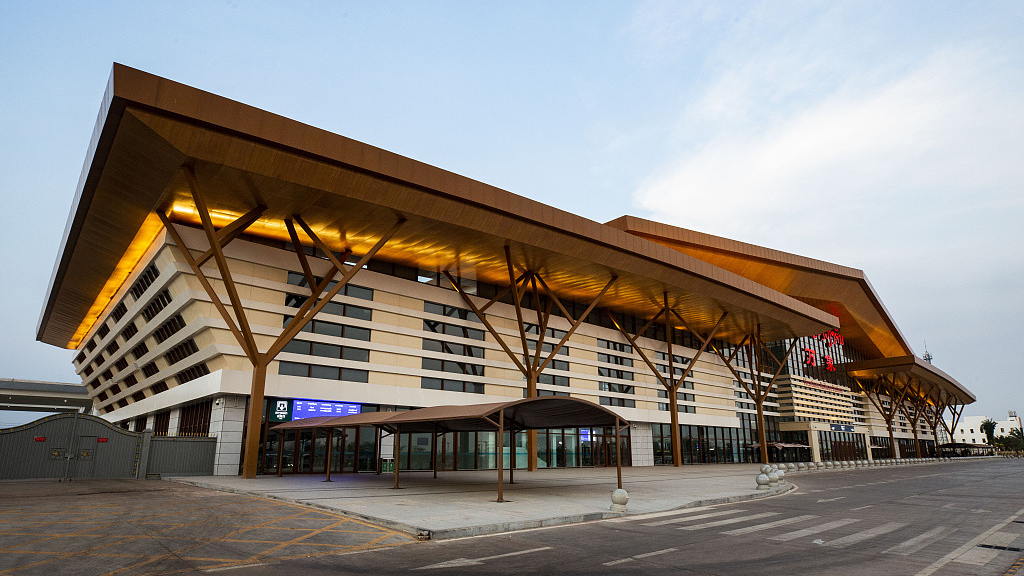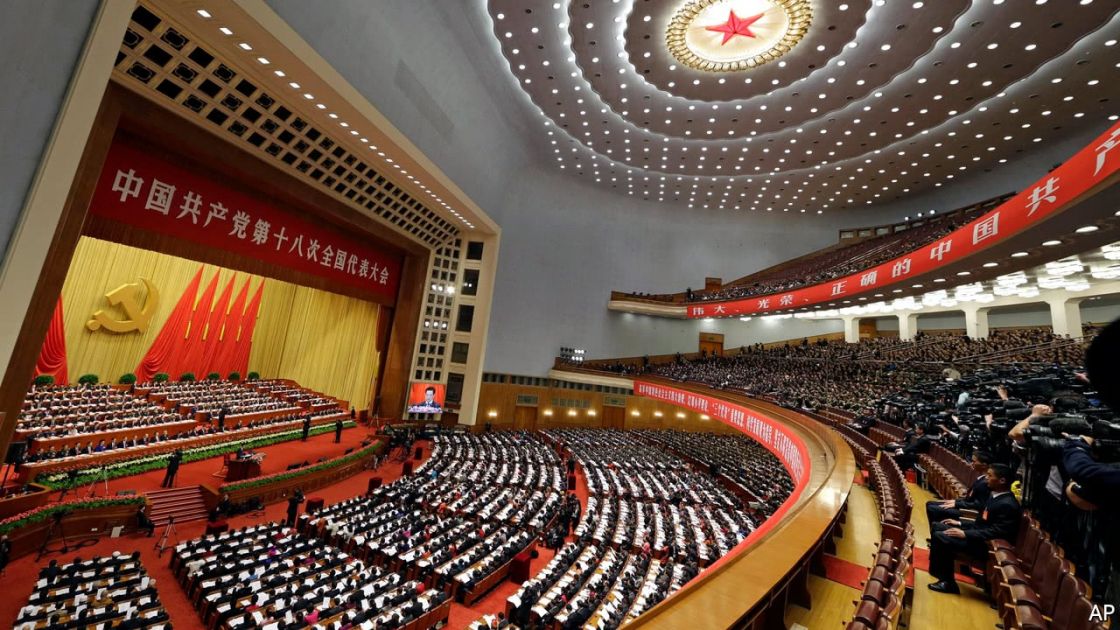- Articles
- Posted
How China's modernisation supports a Global Community of Shared Future
There are few examples of poor and underdeveloped countries that adopted the Western political model and went on to become successful and prosperous as a result, and plenty of examples of countries that did not.
There's a reason why the Western democratic model doesn't work when it's forced on other countries. Western countries did not become democracies and then become prosperous. First they became prosperous, and then they became democracies. By following an exploitative path of modernisation, that is no longer possible.
First, exploitation of their own working class, who became factory fodder in industrial cities.
Second, exploitation of other countries, which they invaded, occupied and colonised.
Third, exploitation of the environment. It took the West 200 years to understand that modernisation achieved by destroying the environment is not a good idea.
China's modernisation clearly cannot follow that model. Instead, it is based on a set of structures and processes and a series of actions which together form the Whole Process People's Democracy.
I only have space today to talk about the structures and processes, which are based on what I call The Three C's – Cooperation, Consultation, and Consensus. In the Two Sessions, you have the National People's Congress, directly elected up from the grass roots and the Chinese People's Political Consultative Conference, representing every facet of society – political parties, regions, ethnic groups, and a whole range of industrial, professional, economic and social interests. All working together, these represent the Cooperation.

In terms of new legislation, every single Chinese citizen has a constitutional right to make comments and suggestions, and the legislative authorities have a constitutional obligation to listen to them. These suggestions are often adopted. That's the Consultation.
A system built on cooperation and consultation means you can plan for the long term, and that is something that China does much better than Western countries. For example, in 2021 China shifted its focus to the Second Centenary Goal – due for delivery in 2049. This is China looking forward almost 30 years. But in fact, work on the ideas behind the Second Centenary Goal started during the 13th National Congress in 1988. That was China looking forward 60 years. When you are planning so far into the future, you are able to build a sense of common purpose. That is how Consensus develops.
Western critics often dismiss China's system because "there's no opposition" and it's a "rubber stamp." But China doesn't need the phoney "opposition" of the West. China's system delivers much better outcomes to many more people because long-term cooperation and extensive consultation build genuine consensus.
And developing countries have no use for politicians who are dedicated to the promotion of their own personal interests as cogs in their party machine. They need politicians who are genuinely dedicated to the public good, and even willing to sacrifice their own personal interests if need be.
It is hard to achieve this in a violent and competitive world when your efforts are being undermined by powerful external forces who manipulate your country for their own selfish interests. This is where China's concept of a Global Community of Shared Future comes in.
Nowhere is the distinction between Western and Chinese modernization clearer than in their approach to the global community. Western countries operate on a win-lose model. They look out at the world around them and see threats to their hegemony.
In contrast, China operates on a win-win model. China looks out at the world around it and sees opportunities to share its success with other developing countries, which will then feed back to China.
So, China builds infrastructure, while the West drops bombs.
The Chinese spirit is perfectly embodied by the Belt and Road Initiative (BRI). One of the key principles of the BRI is connectivity through infrastructure. There is an old saying in China "If you want prosperity, build a road," and it is very easy to show the truth of this.
Imagine one poor household in a remote rural area, living a life of subsistence. They have enough land and labour to produce more crops, but the journey to the nearest market is a six-hour trek over rough mountain paths. The returns do not justify the effort involved. So they are trapped in poverty.
But if I build a road along a valley and a bridge across a river, and reduce the journey to 30 minutes, the household's prospects are transformed. They can grow and sell more crops and invest the returns in their home, their farm, or their family.
And exactly the same logic applies to a country as to that household. Being able to move people and products and information around, quickly and efficiently, is the key to prosperity. And this is what draws China's modernisation process together with the Global Community of Shared Future.
The Global Community is based on China's open development model, featuring equality, joint actions, shared benefits, and setting aside differences in pursuit of common interests. China's modernisation has given it world-leading expertise in physical and information infrastructure, and the financial strength to undertake and deliver large-scale projects.
This is exactly the support that developing countries and the Global South need, and this is why more and more countries are turning to China as a partner worthy of friendship, trust and respect. Perhaps one day even the West will take off its blinkers, cast aside its outdated greed for power and hegemony, and join with the rest of us in building a better and brighter world.
Source: How China's modernisation supports a Global Community of Shared Future



 David Ferguson
David Ferguson